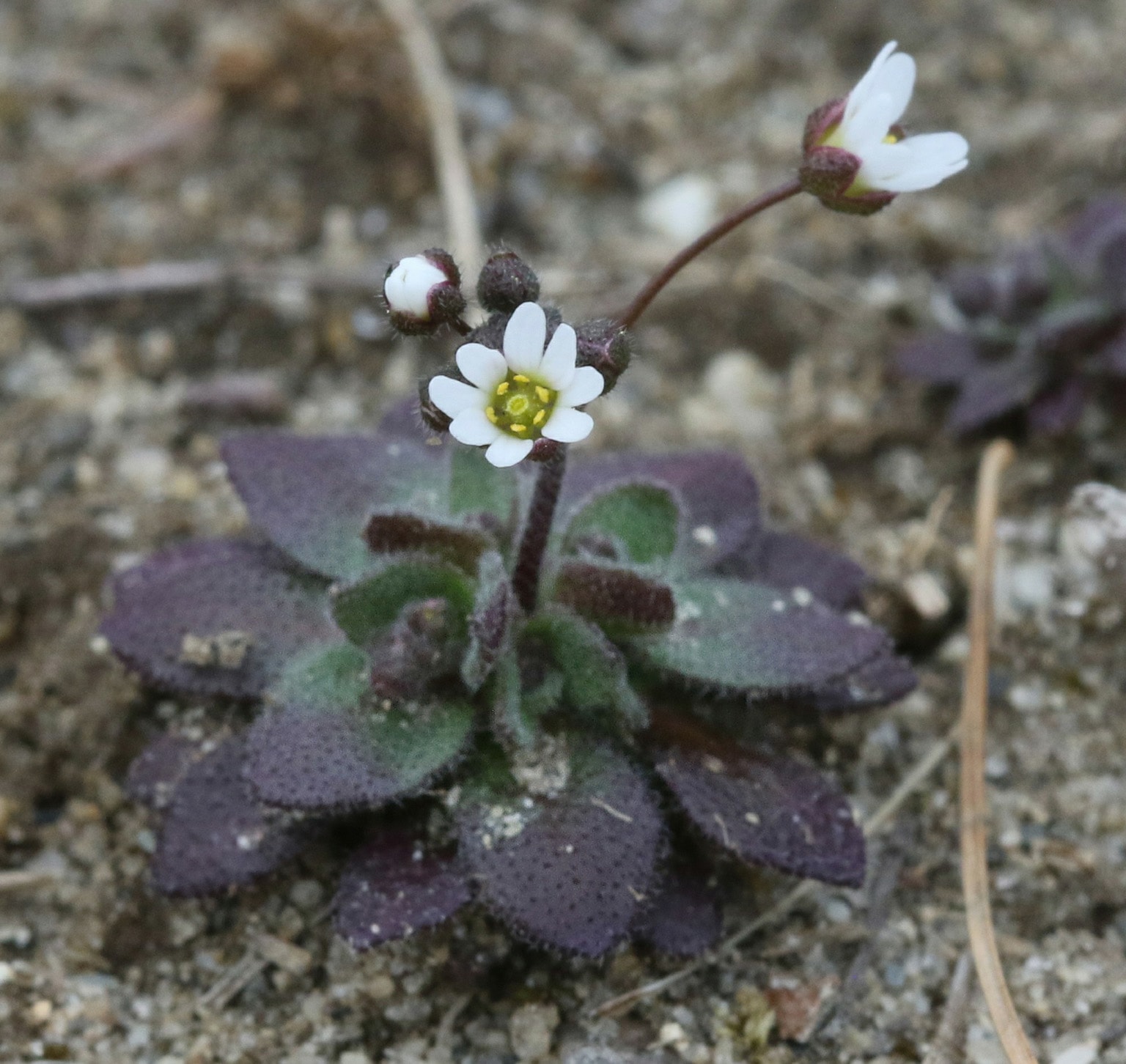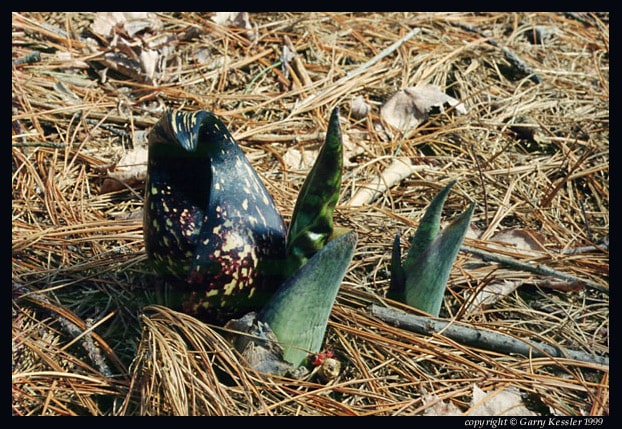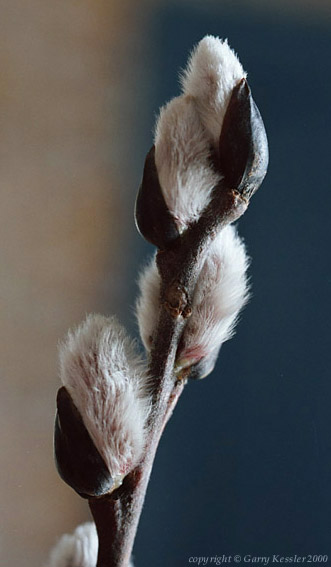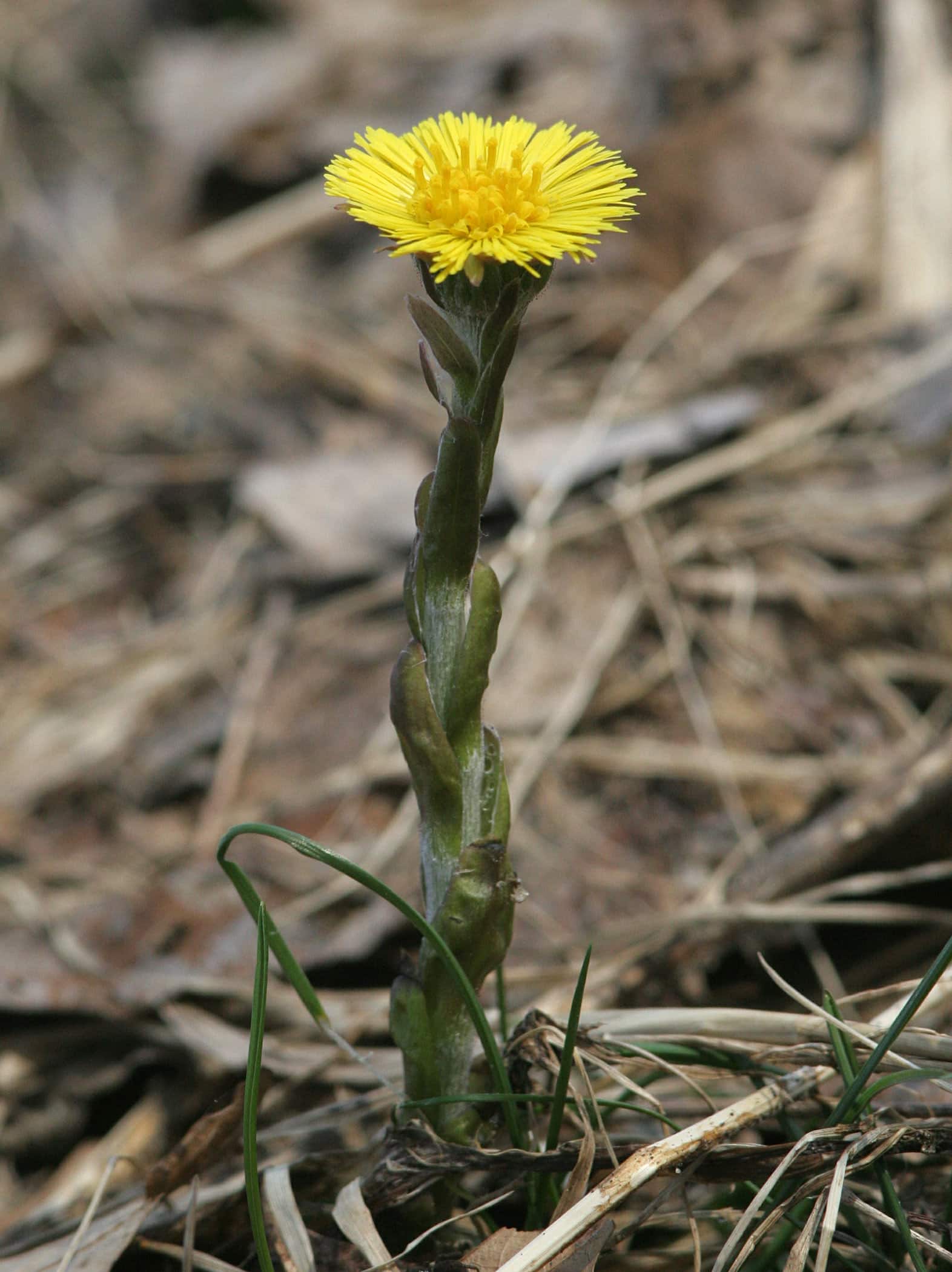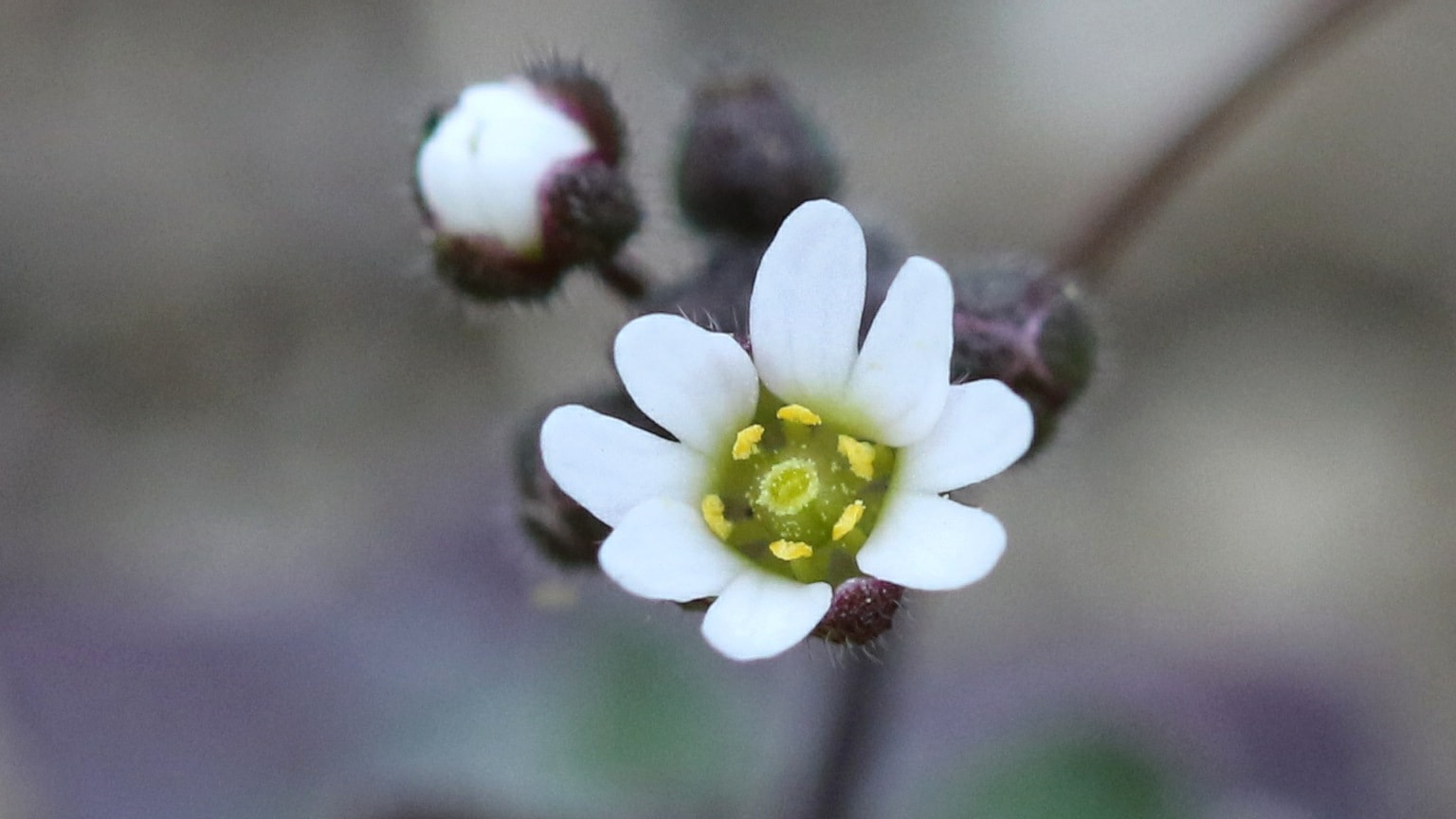
It’s April, so have you seen the first wildflower of spring yet?
Instead of just keeping an eye out for the usual first-wildflower suspects – skunk cabbage, pussy willow, or coltsfoot – try looking for a new contender this year. Have you ever heard of whitlow grass (Draba verna)? It’s a standard entry in wildflower field guides, and it might already be blooming in your lawn, although it’s not a grass. Look for it in edges or a spot where the grass is sparse at this time of year. Kids might have fun hunting for it.
This very tiny but surprisingly common wildflower grows from a small rosette of leaves that’s only an inch or so wide. The itsy-bitsy white flowers are about 1/8-inch across. They bloom on little branches at the top of a single, leafless flower stalk. The flowers look as if they have eight white petals, but what you see are really four petals that are deeply cut. The four petals are a clue that whitlow grass is in the mustard family (Brassicaceae). Variations of its common name include spring whitlow-mustard and early or vernal whitlow grass.
Is whitlow grass named for a person or place? No, it was named for its medicinal use. In the past, it was used to treat whitlows, which are blister-like infections on the fingers. Today whitlows might be left to resolve on their own, or be treated with antivirals.
You might find whitlow grass in lawns, gardens, fields, roadsides, sidewalk edges, or disturbed areas. The tiny flowers open when the sun is shining. In some places, many plants grow in a patch, making them easier to spot.
Whitlow grass is an annual that blooms in April and May. Early nectar-seeking solitary bees visit the flowers. The plant produces flat 1/3-inch seedpods with up to 40 seeds each. Like many early flowering plants, it withers away before summer. Check for it the following year in the same areas, where it will have re-seeded itself.
Whitlow grass is small, but rabbits might snack on it. Draba, a word in its scientific name, means bitter or sharp, so you can guess how it probably tastes.
Whitlow grass arrived on this continent from Eurasia, probably as long ago as the 1600s, and became naturalized here. Today it’s found around the world.
Don’t forget about the other possible first wildflowers of spring. Maybe you can spot all three of these early bloomers. All are found in or near wet places.
Native skunk cabbage (Symplocarpus foetidus) dwells in swamps and is very smelly (but only if you step on it or damage it). Its strange, small, hidden blossoms attract flies.
Pussy willow (Salix discolor) is a native shrub with furry-looking flowers, male and female on different plants. Mourning cloak butterflies are among its pollinators.
Coltsfoot (Tussilago farfara) produces a dandelion-like flower well before its hoof-shaped leaves come up. MassWildlife considers it a “likely invasive” in our state. It was probably brought here from Europe, where people used it to treat coughs.
Kids love to search for things, so after an Easter egg hunt gets kids in the habit of looking around outdoors, suggest that they search for whitlow grass, or any of the other possible first flowers of spring. It’s a great way to get the family outside to enjoy nature.
What else might nature offer this spring? See the WCLT Nature Notes online monthly index for April and May.
Do you know that Westborough has 60 miles of trails, and WCLT has trail maps? The Westborough Community Land Trust (WCLT) preserves, protects, and promotes open space in Westborough (westboroughlandtrust.org and facebook.com/westboroughlandtrust).







